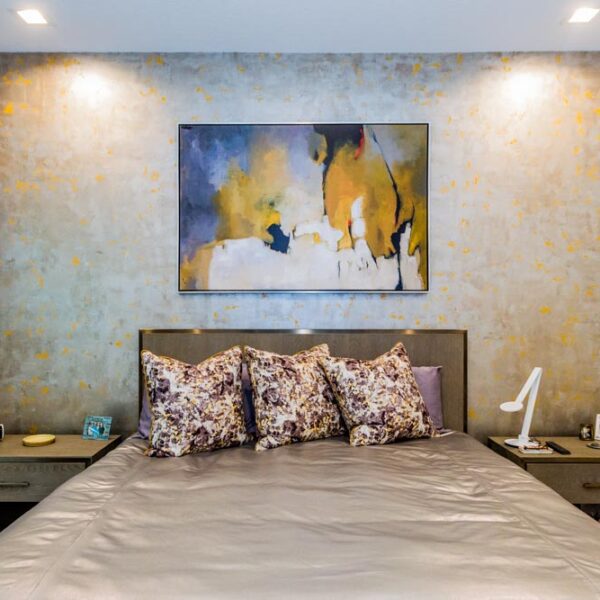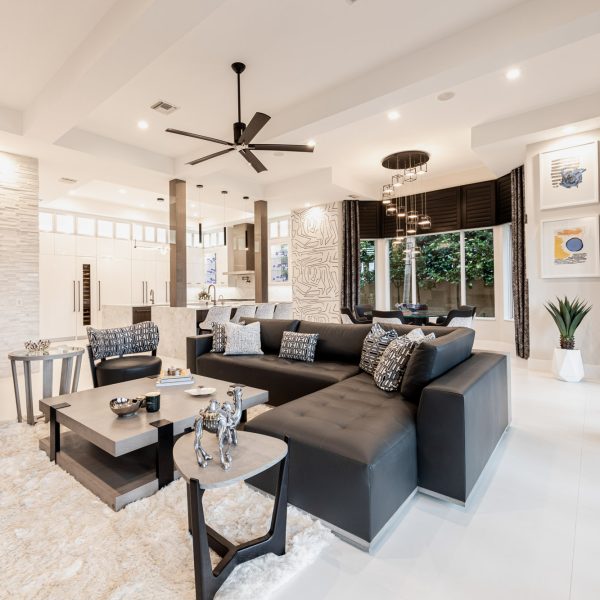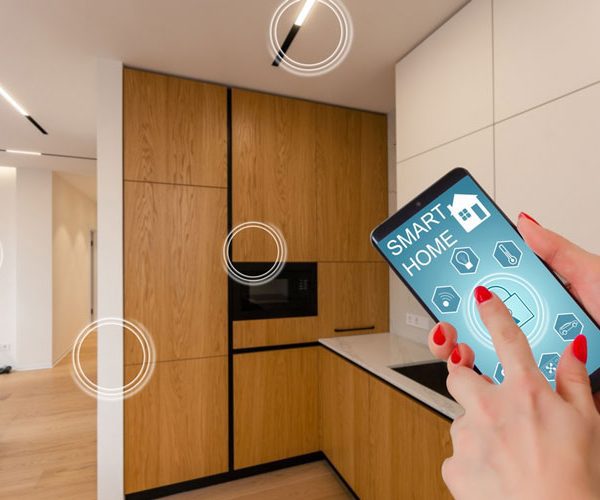In the hustle and bustle of modern life, the spaces we inhabit play a profound role in shaping our experiences and well-being. From the cozy corners of our homes to the vibrant atmospheres of our workplaces, interior design subtly influences our mood, behavior, and overall quality of life. In this blog, we’ll delve into the fascinating world of interior design and explore how it impacts us on a psychological level.
Creating Interiors with Harmony with Color Psychology
Color is one of the most powerful tools in an interior designer’s arsenal. It has the ability to evoke emotions, stimulate the senses, and create harmony within a space. By understanding the principles of color psychology, designers can manipulate the mood of a room to align with the desired atmosphere.
For instance, warm tones like reds and oranges are known to promote energy and vitality, making them ideal for spaces where social interaction and activity are encouraged, such as dining areas or communal spaces. On the other hand, cool hues like blues and greens have a calming effect, making them well-suited for bedrooms or relaxation areas where tranquility is paramount.
How Spatial Layout Interiors Impact on Behavior
The layout of a space can significantly influence how we move, interact, and engage with our surroundings. Thoughtful consideration of spatial arrangement can enhance functionality, facilitate communication, and promote productivity.
In residential settings, an open floor plan can foster a sense of togetherness and connectivity among family members, while designated zones for different activities can promote organization and efficiency. In commercial spaces, strategic placement of furniture and amenities can encourage flow and movement, optimizing the user experience and maximizing productivity.
Bringing Nature Indoors for Well-Being
Incorporating elements of nature into interior design has been shown to have profound effects on our well-being. Biophilic design, which seeks to connect people with the natural world, can reduce stress, improve cognitive function, and enhance overall happiness.
From indoor plants and living walls to natural materials like wood and stone, integrating elements of nature into our built environments can create a sense of calm and tranquility. Even views of nature through windows or skylights can have restorative effects, offering respite from the hustle and bustle of urban life.
Designing Interiors for the Human Experience
In conclusion, interior design is much more than just aesthetics—it’s about creating spaces that enhance the human experience in meaningful ways. By understanding the psychological principles that underpin our interactions with our environments, designers can craft spaces that not only look beautiful but also foster well-being, productivity, and connection.
Ken Golen Design
So the next time you step into a thoughtfully designed space, take a moment to appreciate how it makes you feel. Whether it’s a sense of calm, inspiration, or belonging, remember that the power of interior design lies not just in what we see, but in how it makes us feel. Call Ken Golen Design at 954-388-7261




